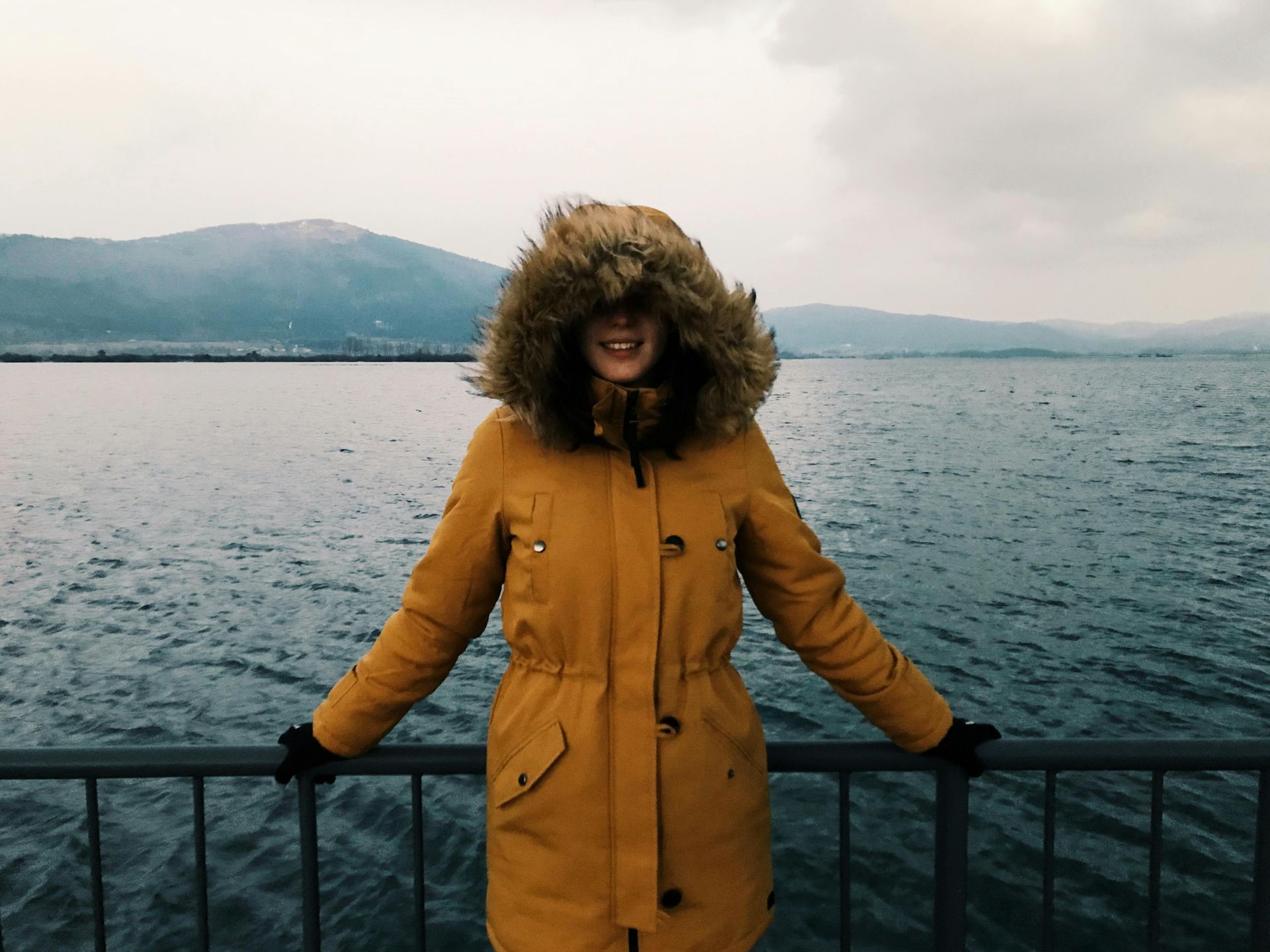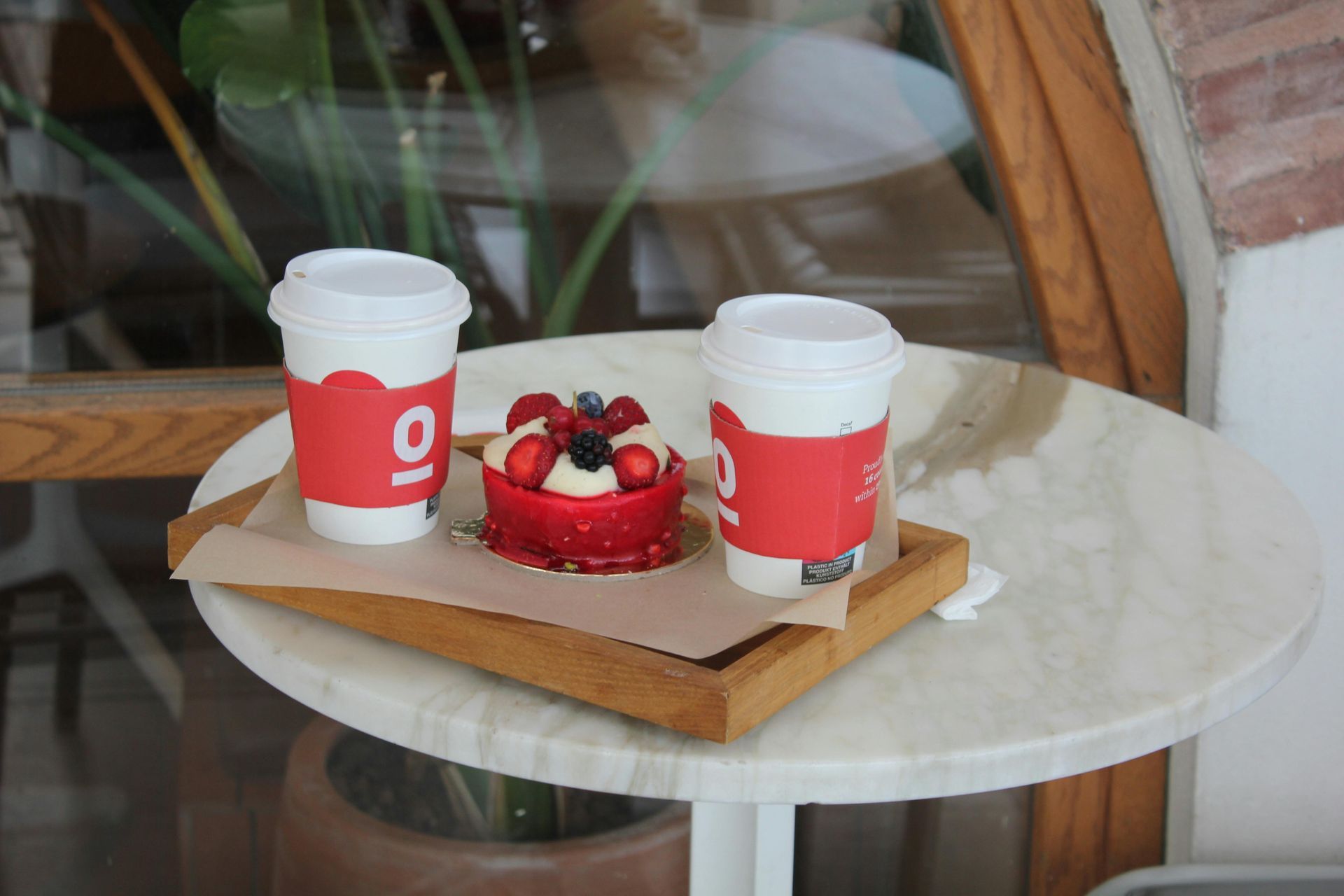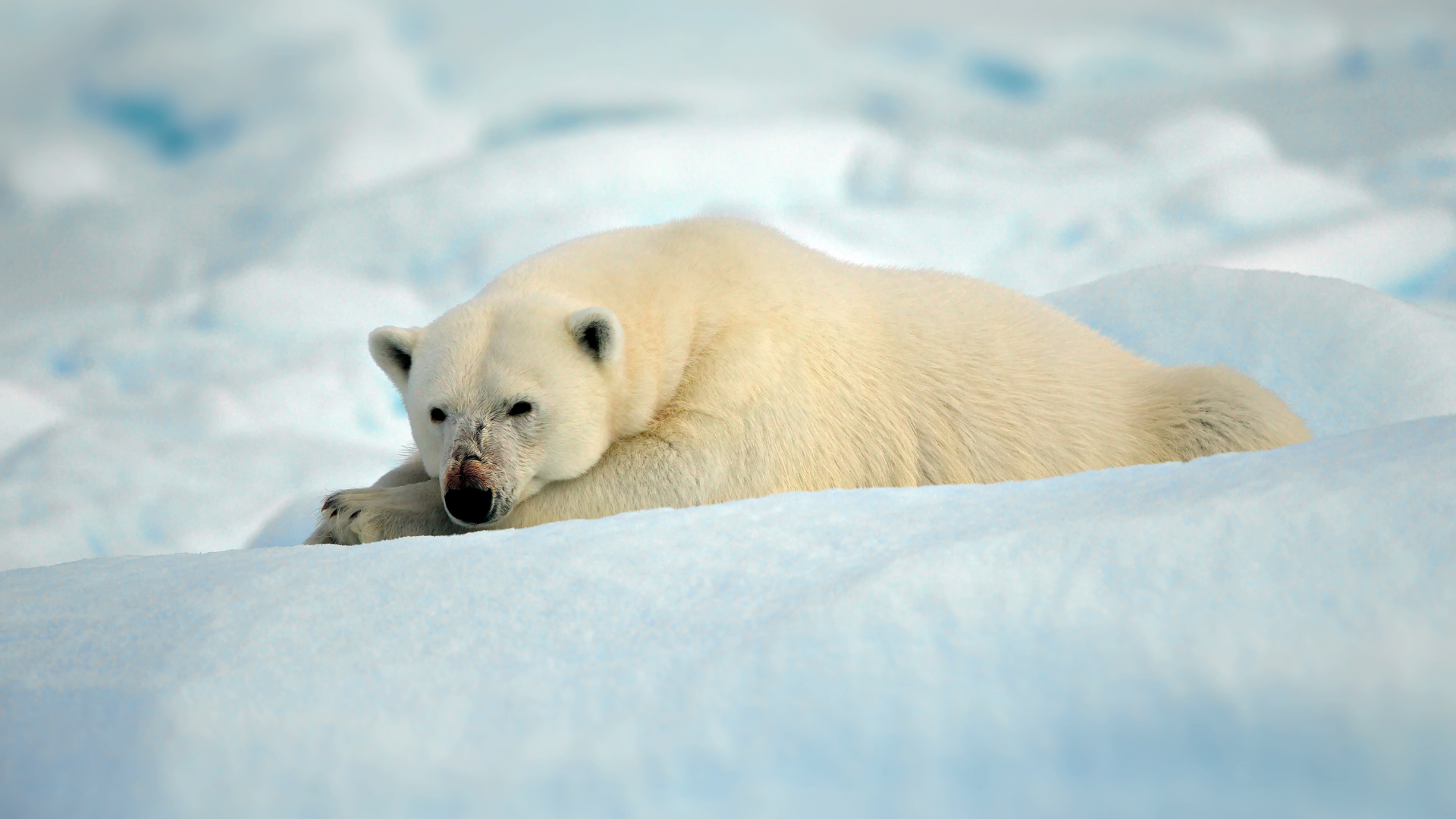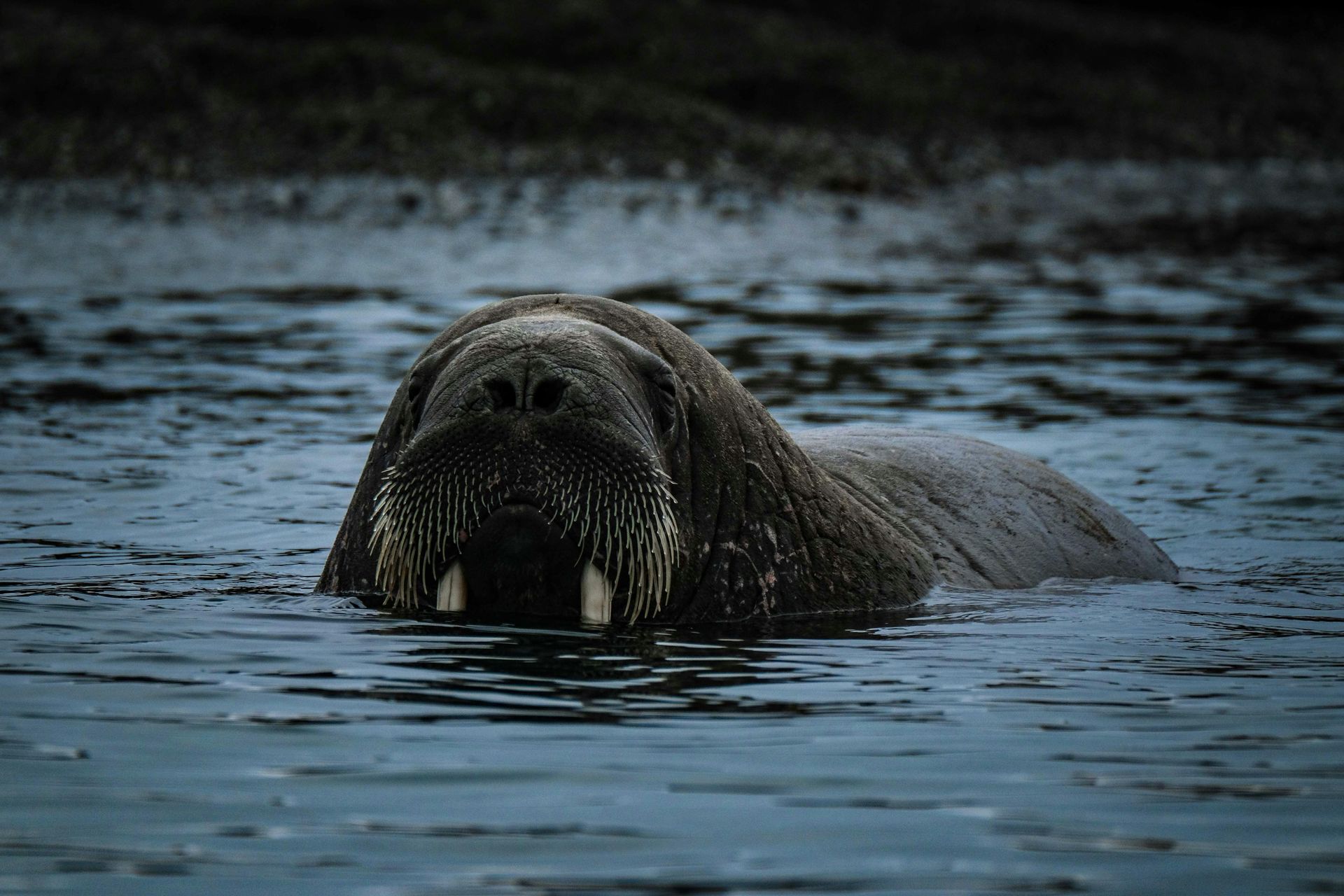Spitsbergen Puffins
Spitsbergen Puffins
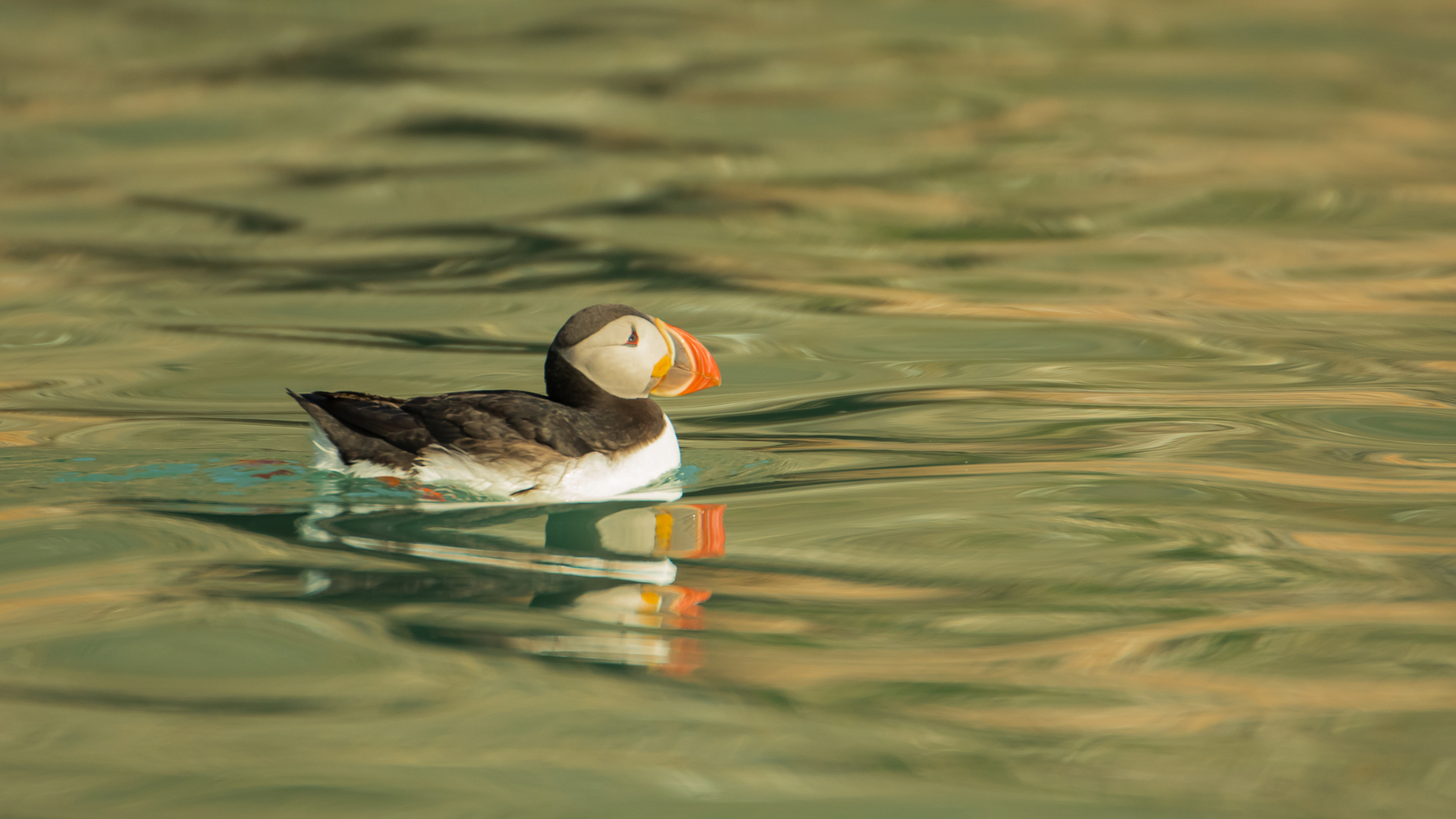
Puffins are one of the most beloved and recognizable seabirds, known for their colorful beaks and charming appearance. In Spitsbergen, the Atlantic puffin (Fratercula arctica) is a fascinating species that adds to the archipelago's rich avian biodiversity. Although less common than other auk species in the region, puffins are still a delightful sight for birdwatchers and nature enthusiasts. Here’s an in-depth look at Spitsbergen puffins.
Atlantic puffins are small seabirds with a distinctive appearance. They have a black back and white underparts, with a strikingly colorful bill that features shades of orange, yellow, and blue during the breeding season. Their faces are adorned with white feathers and a characteristic "clown-like" expression. Puffins’ bright beaks and orange legs make them easy to identify among other seabirds.
Puffins in Spitsbergen nest in colonies on coastal cliffs and rocky outcrops. They typically arrive at their breeding sites in late spring and remain there throughout the summer. Unlike some other seabirds that nest on open ledges, puffins prefer to nest in burrows, which they dig themselves or use natural crevices and cavities. These burrows provide protection from predators and harsh weather conditions.
The breeding behavior of puffins is fascinating. They are monogamous birds, often returning to the same mate and nesting site year after year. During courtship, puffin pairs engage in mutual preening and billing, where they rub their beaks together in a display of affection. Once the female lays a single egg, both parents take turns incubating it and later, feeding the chick. Puffin chicks, known as pufflings, fledge after about six weeks and make their way to the sea independently.
Puffins are excellent swimmers and divers, using their wings to "fly" underwater while hunting for food. Their diet primarily consists of small fish, such as herring, capelin, and sand eels. Puffins can catch and hold several fish in their beaks at once, thanks to their specialized tongue and jaw structure. This ability allows them to efficiently transport food back to their chicks during the breeding season.
Observing puffins in Spitsbergen can be a highlight of any visit to the archipelago. The best time to see them is during the summer months, when they are breeding and rearing their young. Birdwatching tours and boat trips often include stops at puffin colonies, where visitors can witness these delightful birds up close. Puffins are generally not shy and can be seen flying, swimming, and socializing around their nesting sites.
Despite their charming appearance, puffins face several threats. Climate change is a significant concern, as warming ocean temperatures and changing sea conditions affect the availability of their prey. Overfishing and pollution also impact puffin populations by reducing fish stocks and contaminating their habitats. Conservation efforts in Spitsbergen and across the North Atlantic aim to protect puffin colonies and ensure the sustainability of their food sources.
The cultural significance of puffins extends beyond their ecological role. They are often featured in art, literature, and tourism promotions, symbolizing the wild beauty of the Arctic. In Spitsbergen, puffins are an important part of the natural heritage, attracting birdwatchers and contributing to the local economy through ecotourism.
Spitsbergen puffins are a delightful and important part of the Arctic ecosystem. Their unique behaviors, striking appearance, and the challenges they face highlight the need for continued conservation efforts. By protecting puffins and their habitats, we help preserve the biodiversity and natural beauty of Spitsbergen, ensuring that future generations can enjoy these charismatic seabirds.

